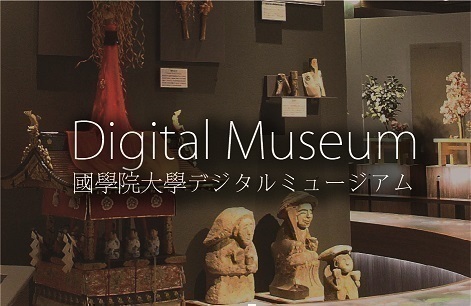- トップ
- Encyclopedia of Shinto
- Tohokamiemitame
Encyclopedia of Shinto
| Main Menu: | |
| Links: |
詳細表示 (Complete Article)
| カテゴリー1: | 7. Concepts and Doctrines |
|---|---|
| カテゴリー2: | Basic Terms |
| Title | Tohokamiemitame |
| Text | This term is usually written using the Chinese characters 吐普加美依身多女(or 米 ). This expression consists of five signs that are inscribed on a deer bone or turtle shell during "turtle shell divination" (kiboku), a practice that goes back to ancient times. The phrase is also used as a magical incantation, although it is not clear when such vocalization began. In this case, the phrase is separated into five parts, "to, ho, kami, emi, tame," the meaning of which has been interpreted variously. For example, the late Heian ritual handbook Protocols of the Ōe Family (Gōke shidai) associated the five parts with water, fire, kami, humans, and earth, respectively. Other authorities have equated them with the five elements: water, fire, wood, metal, and earth. In the medieval period the Urabe family used the phrase as the main component of the three great purification rites (sanshu ōharae). Some Shintoists in the early modern period identified the phrase as the "heavenly great norito," interpreting its meaning as "kami of a great distance (tōtsu-kami, thus, toho-kami), give us blessings and smile upon us (megumi tamae, emi tamae, thus emitame)." — Nishioka Kazuhiko |




